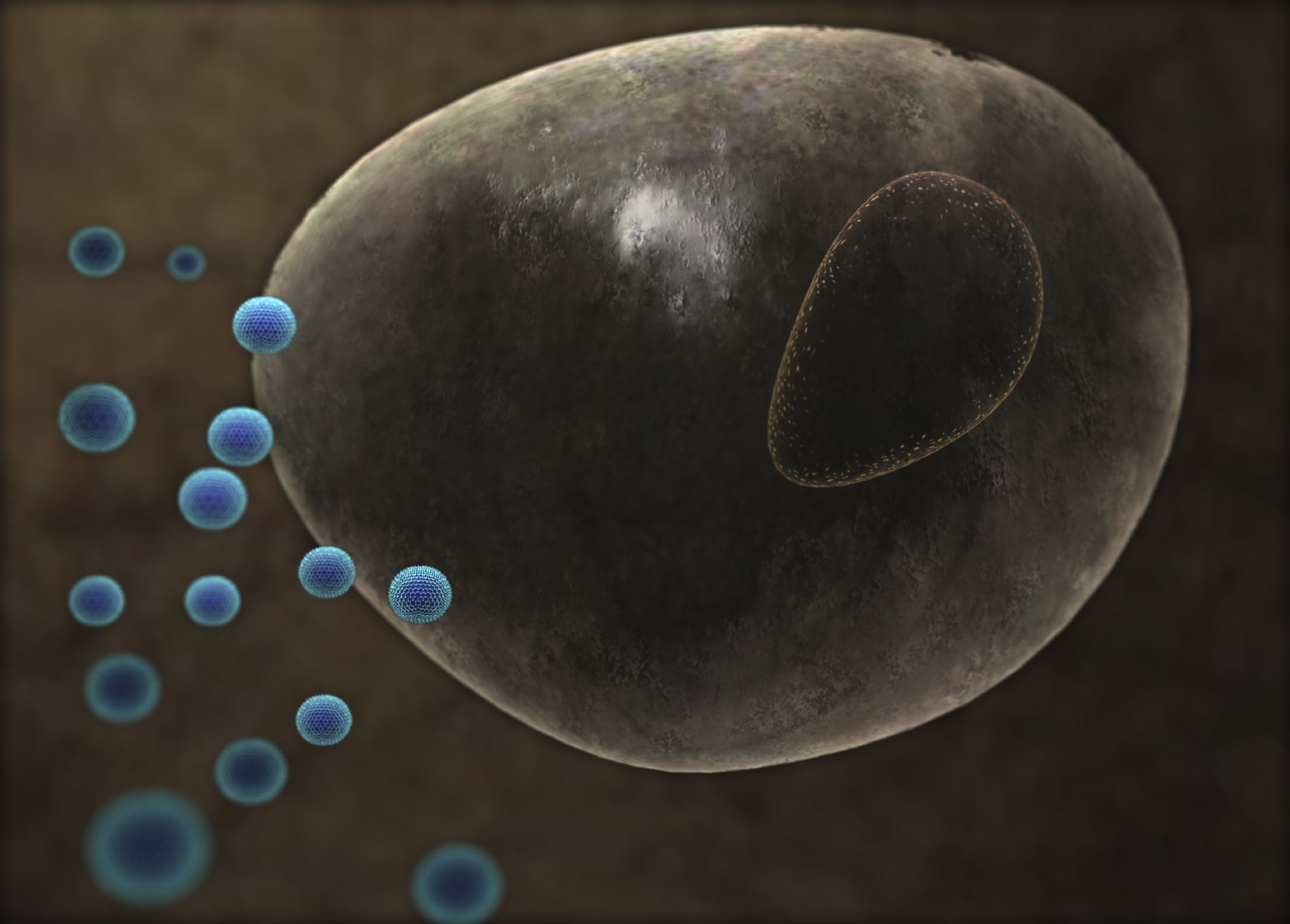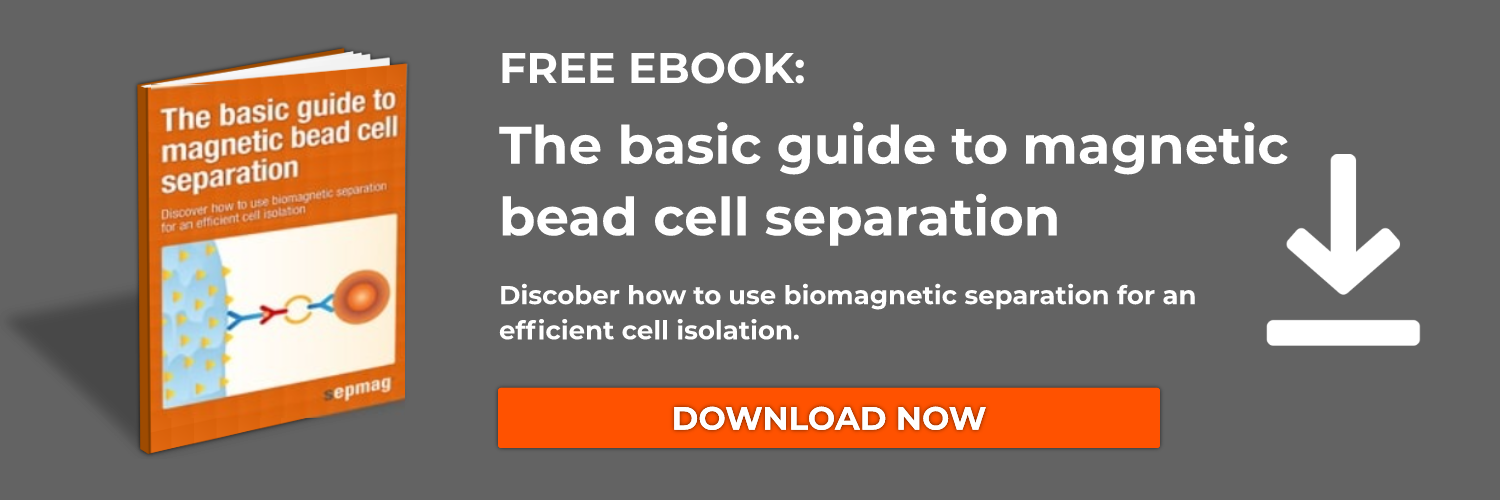Magnetic beads demonstrate many biomedical applications for treatment and research. Their number and range is increasing as understanding and adaptation of the technology for medical purposes grows.

Process Advantages
Beads' magnetic moment facilitates their rapid recovery in solution by magnetic racks, typically within seconds. Magnetically charged beads are darker in color, a condition that improves visibility. The consequent changes in suspension color can be used to monitor the separation, ensuring dependable collection of all appropriately-bound target molecules.
Beyond Cell Separation
Today, the most extended applications of magnetic beads are immunoassays and immunoprecipitation. Similar to cell separation, these isolate selected protein antigens from others within a solution through antibody-specific binding procedures. Magnetic bead techniques implement faster protein binding, with less and gentler sample-handling, aided by less complicated process-automation.
This article explains how magnetic beads can be used for cell sorting and other uses in biomedicine. If you are interested in knowing more about this process, download our free basic guide to magnetic bead cell sorting:
Further contemporary biomedical/life science uses of magnetic bead binding technology include:
-
Isolation of ribonucleic acid (RNA): RNA is an essential component of all biological life. Magnetic beads are useful for extracting RNA from cells to analyze cell functions and study various diseases (such as cancer). In addition, isolating RNA is a fundamental procedure of cloning, stem cell research, and the investigation of evolutionary processes.
-
Deoxyribonucleic (DNA) research and genetic exploration: DNA is the hereditary material of life, human and otherwise. Encoding the genetic instructions required for appropriate development and functioning of all living organism, DNA contains the biological information that renders each species unique. Nucleic acid isolation assisted by magnetic beads has become an important method of extracting DNA for analysis and genetic exploration.
-
Biomicrofluidic technologies: Representing a multidisciplinary confluence of medicine and biological science, magnetic bead-assisted biomicrofluidic lab-on-a-microchip technologies generate new analytical capabilities for assessment of molecules, cells, tissues and microorganisms.
-
Exosome analysis: Present in all bodily fluids, exosomes have been associated with cell signaling. They are involved in multiple biological functions. Magnetic beads offer a fast, gentle means of exosome isolation for proteomic analyses and RNA profiling, among other uses.
-
Bioassays: A method for determining the activity or impact of a substance - drug, hormone, vitamin, etc. - by testing its biological effect or potency on a living organism, subsequently measured in comparison to recognized standards. Used for bioassays, magnetic beads provide high levels of chemical and physical stability for measuring changes of selected particles within a sample, simply and at low cost.
-
Tissue engineering: Essential to regenerative medicine, tissue engineering leads to the creation of replacement blood vessels, bone, cartilage, heart muscles, nerves and other needed bodily components during medical treatment and healing processes. In clinical cell-based treatments, application of highly selective cell separation technologies enhances the quality of tissue repair and the subsequent clinical outcome. Targeted biomagnetic beads have proven useful for separating cells and effectively manipulating biomolecules to stimulate tissue engineering appropriate to specified biomedical regenerative processes.
Further Uses of Magnetic Beads
Other current life science uses of magnetic beads are the purification and screening of antibodies and proteins, phosphopeptide enrichment, and modified drug delivery during medical treatment. For instance, magnetic activated cell sorting has a significant potential for provisioning biological compounds, including the development of a spectrum of pharmaceuticals. This includes dosing modalities for drug delivery during treatment, as well as development of drug types.
In addition, HIV pathogenesis, advanced cancer research, and emerging eMedicine applications have been engendered by magnetic cell separation techniques. Magnetically mediated Hyperthermia (MMH) has proven useful in localizing treatment of cancerous tumors within the body, wherein magnetized particles can be heated sufficiently to kill tumor cells. The list of eMedicine applications should only grow in the future.
Related article:




